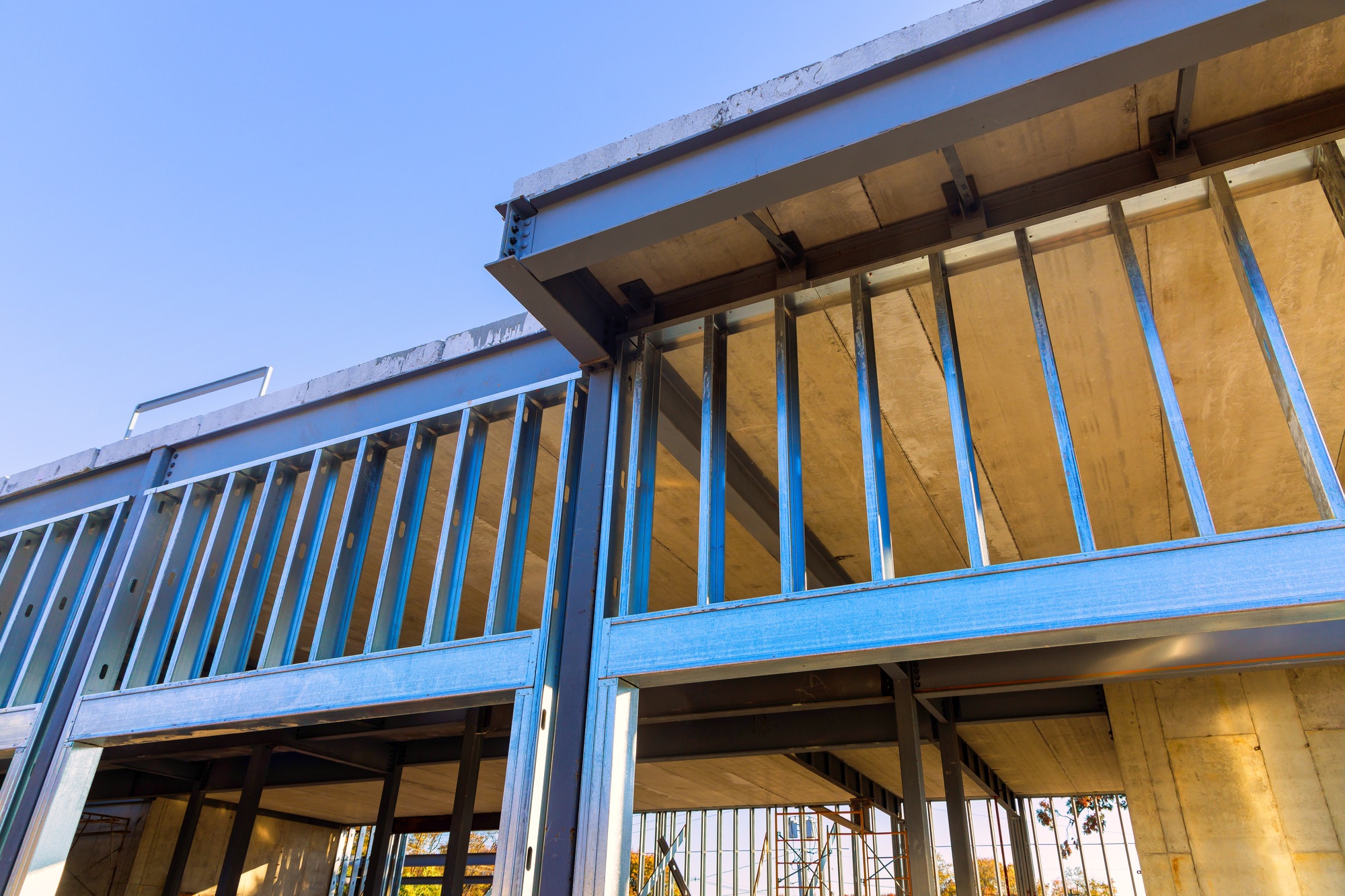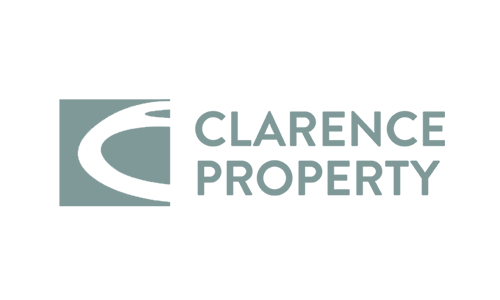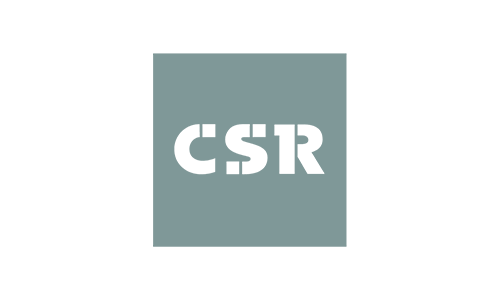nu .

Brisbane’s Industrial Boom: What’s Driving Record Demand and Future Growth in 2025
Brisbane is leading the Australian industrial property market in 2025, setting benchmarks in rental growth, tenant demand, land absorption, and capital investment. Unlike other sectors facing structural change, Brisbane’s industrial property surge is being driven by long-term fundamentals—logistics expansion, e-commerce acceleration, manufacturing recovery, infrastructure delivery, and robust population growth. Vacancy rates are below 1%, prime rents are rising, land values are escalating, and occupiers are securing space before construction even begins. For investors, developers, and owner-occupiers, Brisbane’s industrial sector offers one of the most strategic plays nationally, with momentum expected to continue well into the next decade.
Why Brisbane’s Industrial Market is Outperforming
Brisbane’s industrial property sector has now outpaced office, retail, and even residential investment returns in South East Queensland. Several major forces are converging to reshape demand:
E-commerce growth has rapidly increased the need for last-mile and regional distribution hubs across Greater Brisbane
Third-party logistics (3PL) operators are expanding rapidly to meet supply chain resilience demands
Manufacturing is rebounding, especially in defence, clean energy, food production, and advanced materials
Cold storage is in high demand as Brisbane becomes a growing node for perishable exports and pharmaceutical logistics
Strong population migration into South East Queensland is fuelling sustained demand for warehousing, freight services, and production facilities
Together, these forces are pushing vacancy rates lower, driving net effective rents higher, and creating a more competitive leasing environment across the city’s industrial zones.
Key Growth Locations: Where Demand is Concentrated
In 2025, several industrial precincts are leading Brisbane’s boom, driven by infrastructure access, land availability, and tenant clustering.
Pinkenba and Eagle Farm: Strong demand for airport-adjacent logistics, freight forwarding, and high-tech warehousing facilities
Acacia Ridge and Rocklea: Leading rail-connected industrial hubs, supporting manufacturing, intermodal freight, and national distribution
Yatala and Stapylton: Offering large-scale land lots, perfect for warehousing, manufacturing, and transport businesses needing M1 Motorway access
Redbank and Ipswich: Emerging as major warehousing and logistics corridors, closely tied to Inland Rail and Port of Brisbane growth
These areas are recording some of the fastest rental escalations and highest levels of land absorption in Brisbane’s history, with speculative development increasingly common as developers back sustained tenant demand.
Infrastructure Investment: The Catalyst Behind Brisbane’s Industrial Expansion
Strategic infrastructure upgrades are underpinning Brisbane’s industrial boom, creating real long-term competitive advantages:
Inland Rail Project: Unlocking intermodal freight potential by connecting Brisbane directly to Melbourne via Acacia Ridge and Bromelton
Port of Brisbane Expansion: Increasing capacity for containerised freight, supporting export-focused manufacturing and logistics
Gateway Motorway Upgrades: Streamlining north-south freight flow between TradeCoast, southern industrial estates, and the airport precinct
Bruce Highway and Ipswich Motorway Improvements: Enhancing regional logistics access and strengthening Brisbane’s role as Queensland’s freight gateway
These projects are not just short-term stimuli—they are reshaping Brisbane’s industrial footprint and elevating it to a critical national logistics hub.
Key Trends Shaping Brisbane’s Industrial Sector in 2025
Several major trends are now reshaping what occupiers and investors look for across Brisbane’s industrial market:
Large-format facilities dominate: Occupiers are demanding 10,000m²+ warehouse footprints, 12m+ internal clearances, automation-readiness, and heavy-duty hardstand
Sustainability moves mainstream: ESG credentials are critical, with rooftop solar, water harvesting, green star ratings, and energy-efficient design becoming standard expectations
Multi-storey logistics emerging: Limited land supply is driving vertical warehouse designs, particularly near the inner south and eastern TradeCoast precincts
Owner-occupier demand rising: With rental rates climbing sharply, more businesses are purchasing land and developing their own sites to lock in future control
These trends reflect deeper structural changes—not just short-term market movements—and highlight Brisbane’s increasing sophistication as an industrial location.
Investment Outlook: Why Capital is Targeting Brisbane’s Industrial Market
Brisbane’s industrial market is highly attractive to both domestic and offshore investors in 2025, offering:
Stable, long-term tenant demand driven by real economic and population growth
Rental growth potential supported by extremely low vacancy rates and constrained land supply
Lower maintenance costs compared to office and retail investments
Superior yield spreads compared to Sydney and Melbourne, offering better relative value while maintaining liquidity
Major REITs, superannuation funds, and offshore institutional capital are aggressively acquiring distribution centres, last-mile logistics hubs, and future-ready land parcels across Greater Brisbane. Demand for prime stock is fierce, and developers who can deliver quality product to market are being rewarded with premium leasing outcomes and early asset pre-commitments.
Challenges to Watch in 2025
While fundamentals remain overwhelmingly strong, a few challenges are shaping how developers and investors approach new projects:
Land supply constraints: Zoned, serviced land is becoming increasingly scarce, especially within 20km of Brisbane CBD
Construction cost pressures: Rising build costs, while easing slightly, still impact feasibility on smaller speculative developments
Labour shortages: Construction, freight, and warehousing sectors continue to face skilled worker shortages, affecting both delivery timeframes and operational costs
Despite these pressures, structural demand for well-located industrial space continues to outweigh short-term risks, providing a positive outlook for Brisbane’s industrial sector.
Final Outlook: Brisbane Industrial Property 2025 and Beyond
Brisbane’s industrial boom shows no signs of slowing down in 2025. With unmatched infrastructure investment, powerful logistics positioning, scalable land corridors, and a diversifying tenant base, Brisbane is consolidating its role as a national industrial heavyweight. For investors, developers, and occupiers looking to secure a strategic foothold in one of Australia’s best-performing property markets, now is the critical time to act. Competition for prime sites and buildings will only intensify, and early movers stand to benefit most from the wave of growth reshaping South East Queensland’s economy.
Get a free quote
Whether you’re selling land, securing approvals, or launching a campaign — we’ll help you visualise it clearly and move faster to market. Fill out the form below and we’ll send through a free tailored quote for your next commercial or industrial development.























